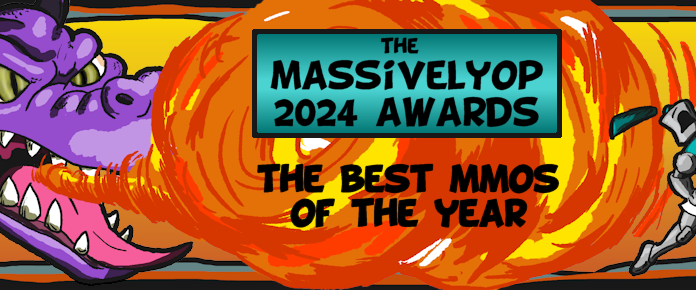
This week’s Stars Reach development blog is a bit more granular than previous releases, but gamers who are curious about the tech behind the game will get a little peek. Playable Worlds’ Raph Koster reports on the aftermath of Unite 2024 in Barcelona, where devs around the world came together to discuss Unity game tech.
“We work very closely with Unity,” he says. “Some of our technology is right at the bleeding edge of what the engine can do, and several aspects of it, such as our simulation, are outside the game engine entirely. Among other things we make use of their DOTS framework, and we have been able to contribute back by identifying ways in which the physics system and networking system could reach even higher performance – several of these changes are actually in the engine for everyone to use now. It feels good to be able to give back that way.”
Playable Worlds’ reps apparently gave a talk in partnership with Amazon Web Services at the event because yes, the game runs on AWS and supports its “unique backend.” Koster also discusses the studio’s custom tools for terrain generation to stop it from producing “endless bowls of oatmeal” that all feels “samey.”
“Our designers use a node graph tool to build algorithms. These algorithms describe landscapes – not just one specific landscape, but rather the rules for building a particular sort of landscape. We can randomize parameters within those rules in order to make endless variations of that landscape type. This keeps important stuff under designer control: canyons need to be this wide in order to keep combat fun, slopes this steep for navigability, and so on. We can put all those rules into the algorithms, and know that no matter how much we randomize in the procedural process, the rules will still be obeyed so that player fun is preserved. The tools let us preview the way the world is going to look and tweak the rules in advance. You can see that this isn’t just like regular terrain tools with heightfield generation – we have a full 3d world and simulation, and we need to know that there’s a quartz deposit there under the soil, and so on. So the tools actually annotate the rules so that every cubic meter knows what materials the world is made of at that location.”
As I said: granular, but foundational. Koster says he expects videos from the event are forthcoming.














